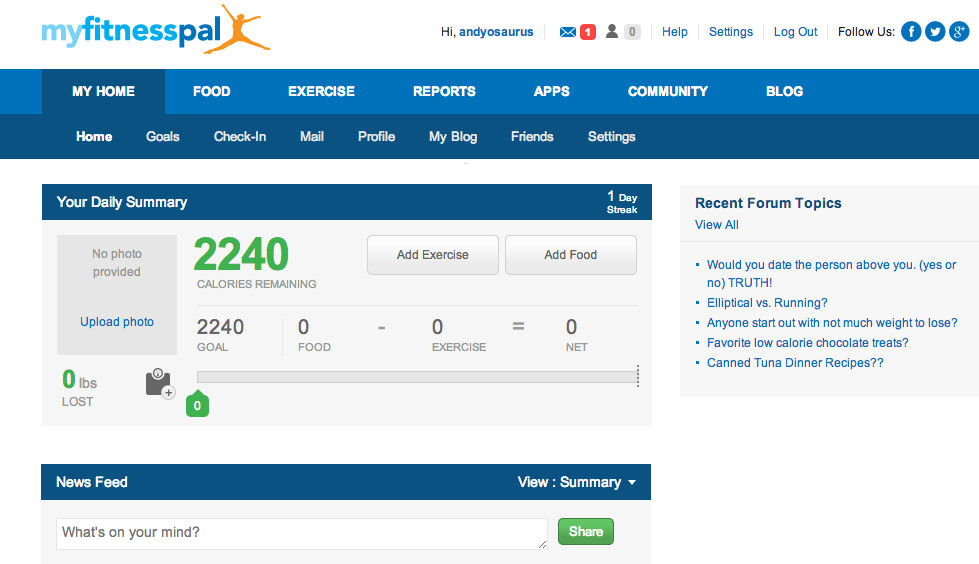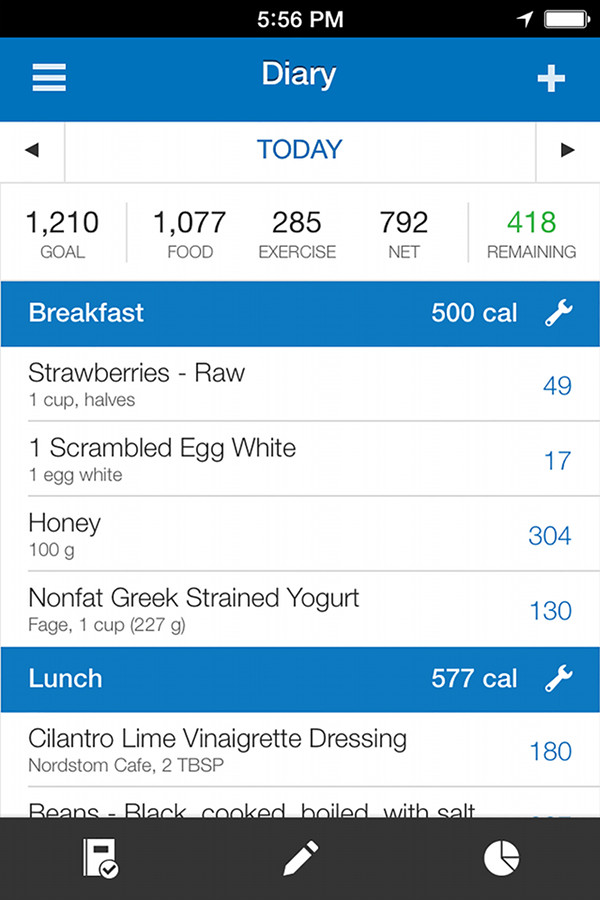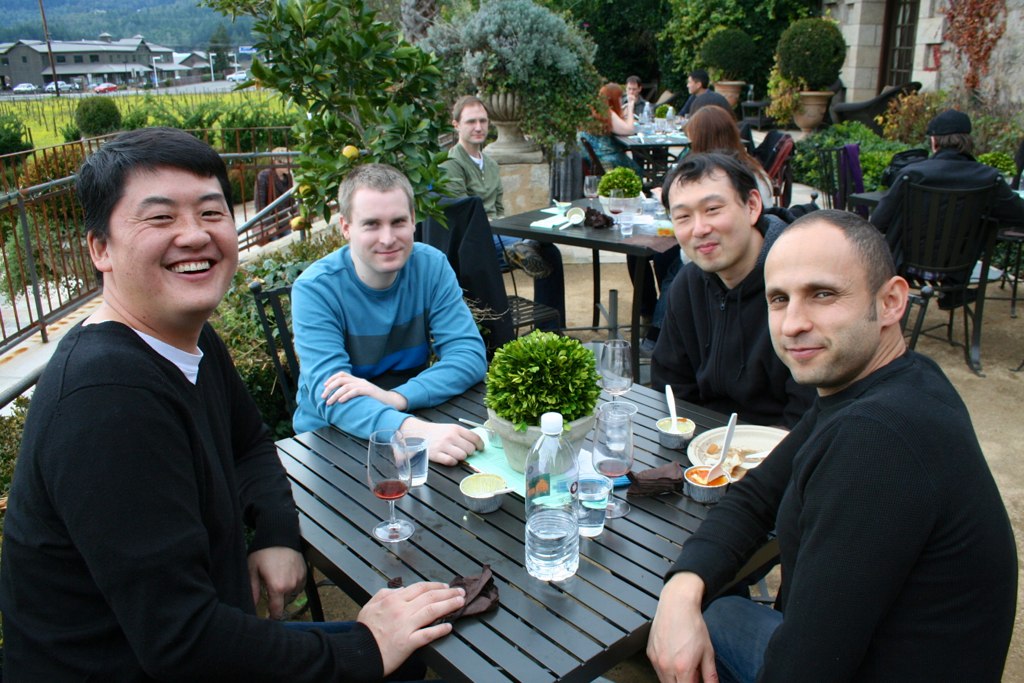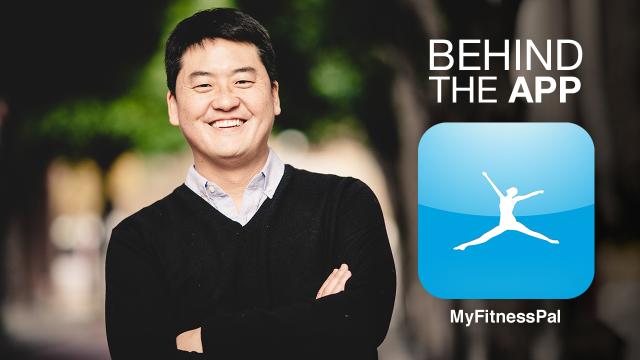Tracking what you eat can be a cumbersome task. Luckily there’s MyFitnessPal, one of our favourite nutrition trackers, which offers an extensive food database to help you keep tabs on your diet, whether you’re eating out or cooking at home. We caught up with Mike Lee, co-founder and CEO of MyFitnessPal, to learn why he decided to ditch pen and paper and find a better way to track healthy eating habits.
Where did the idea for the app come from? Were you trying to solve a problem you’d experienced, or did the inspiration come from somewhere else?
The idea for the app actually stemmed from a personal need. My wife and I were preparing for our beach wedding and we both wanted to lose a little weight. We went to see a fitness trainer and he gave us a book listing the nutritional values of around 3000 foods and a small pad of paper to use for tracking our calories. I’ve been programming since I was 10 years old, so I just knew there had to be a better way to keep track of my meals and snacks, but I couldn’t find anything online that was good enough. Every digital product on the market at that time was just as painful and time-consuming to use as food-logging in that notebook. So, I built my own solution, and it eventually became MyFitnessPal.

After you came up with the idea, what was the next step?
It had been a while since I had done much programming, and I wanted to brush up on my coding anyway, so I decided to build the diet tracker I really wanted. It really started as a side project — I’d spend a few hours here and there, on weekends and evenings, brushing up on my skills while building the earliest version of MyFitnessPal.
All of my roles since college had shifted me away from engineering and into a sales and marketing mindset, so at first it was almost like starting from scratch. But I loved re-learning it all, and I kept at it. I started by sharing the website with family and friends, and finally launched MyFitnessPal in September 2005. Eventually, I realised it was too big to be a side project, and decided to focus solely on MyFitnessPal as a business.
How did you choose which platforms to target and which to ignore or wait on?
MyFitnessPal initially began as a website, and it’s still online today. A website seemed like a natural start for the idea, but when the iPhone came out, it changed everything. We saw explosive growth within the iPhone’s app ecosystem, and noticed other smartphone apps start to come out in our space, so we knew that a MyFitnessPal app was a logical next step. My brother Al joined me in early 2009 to head up development and redesign, and we launched our first iOS app later that year.

What was your biggest roadblock and how did you overcome it?
Self-doubt was a major roadblock. There is a lot of risk in starting your own company; putting everything on the line for something that may or may not be a hit is scary. You can gain experience on the job and grow fast, but first you have to get past that initial self-doubt and just do it. I’ve never learned so much in such a short amount of time as I did when I dropped everything to focus on something that was solely mine.
Another roadblock we encountered further along in the process was scaling our team. We needed to grow to accommodate our expanding user base, which made it hard to keep that start-up feel. When you’re no longer a 5-person team, certain methods need to be put into place — keeping that balance between an organic, collaborative environment and implementing necessary processes was a challenge.
What was launch like for you?
The initial launch was really just a small roll-out to friends and family. We had a strong web following fairly early on, but it was really the launch of the iPhone application in 2009 that helped us reach our first million users. Now, every launch we do includes new features that users have asked for or we’ve felt would be helpful to users taking on healthier habits. It’s exciting to watch our team work hard on new products, release them, and get positive reactions from the public. The success of our users is truly what fuels us.
How do you handle user requests and criticisms effectively?
We have an amazing Customer Happiness Team that responds to every incoming comment, request and email. We hear from users daily, and really try to listen to their needs and evaluate the features they want to see. While we couldn’t possibly provide every feature on our own, we’re always partnering with other health and fitness apps and gadgets to integrate useful features with MyFitnessPal. In fact, we currently integrate with 80 per cent of the wearable fitness devices on the market, with 4 of the top 5 GPS activity-tracking apps and with the top 2 wireless scales — these integrations enable our users to get the round-the-clock view into their health data that makes the data usable in their quests to meet their personal health goals.

Now, how do you split time between developing new features and managing existing ones?
We’ve been bootstrapped and profitable for years, and in that time we have learned to excel at being very lean and strategic. There were always a thousand things on our to-do list, and we could only focus on three at a time. Our first round of funding in August 2013 helped immensely in this area. Now with funding, we’ve expanded our team and started checking things off our to-do list much faster. Just last month we acquired Sessions, a company that pairs people with coaches, and we’re looking forward to building a custom-coaching element within MyFitnessPal. That’s something we’re very excited about.
What advice would you give to others that want to take on a similar project?
The most important thing is to just get started — there is no time like the present, and you’ll never be completely prepared for what’s to come. I wish I had started the company much sooner, because I learned much faster by diving in that I did by waiting around for the optimal time.
Lifehacker’s Behind the App series gives an inside look at how some of our favourite apps came to be — from idea to launch (and beyond).

Comments